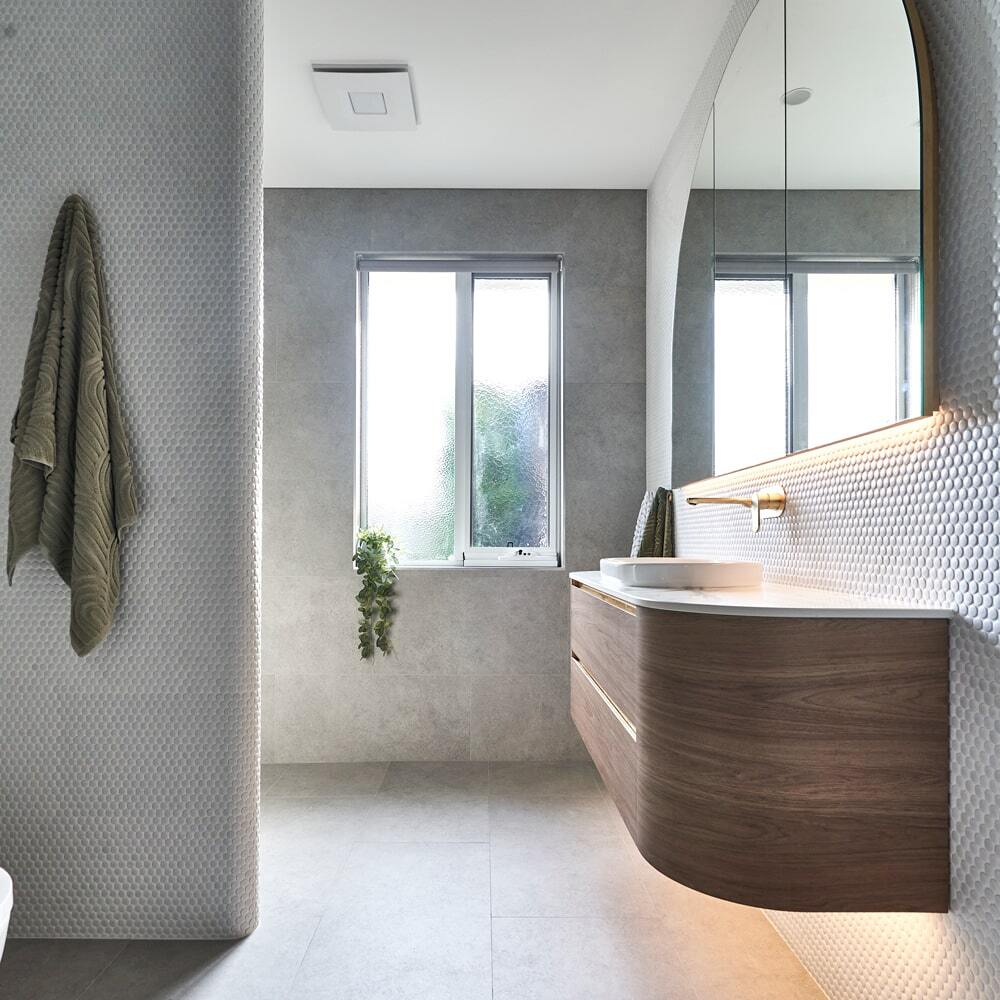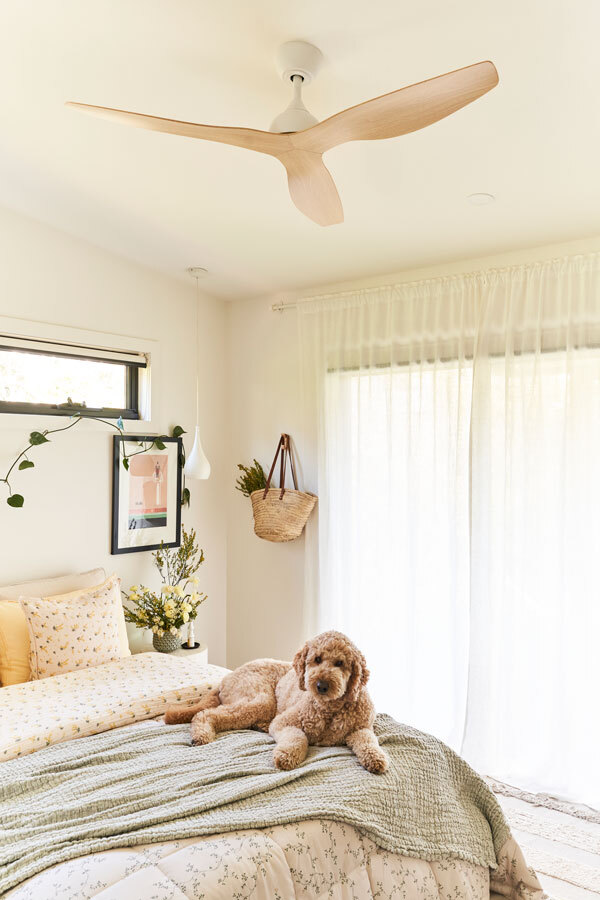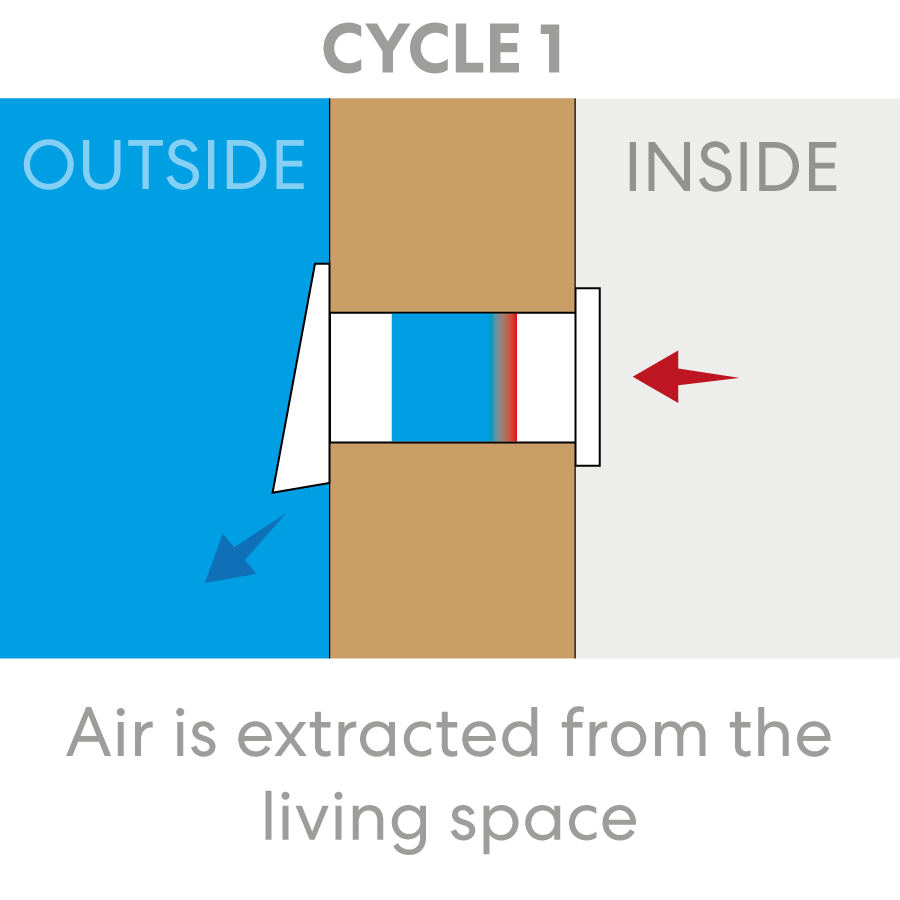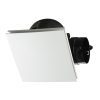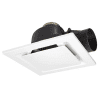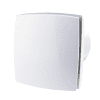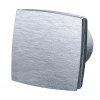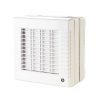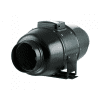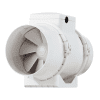Bathroom Exhaust Fans – The Fanco Guide
Welcome to our ultimate guide to bathroom exhaust fans. In this guide we will explore the different options youhave to ventilate a bathroom with practical examples for each. Lets start with the absolute basics.
Determine Extraction Rate
Each exhaust fan has an extraction rate (usually measured in cubic meters per hour). This measurement denotes how much air the unit can extract, or how powerful the fan is. A larger bathroom will typically require a fan with a higher extraction rate. The usual calculation for a bathroom with a shower is as follows:
Length x Width x Height = Overall room size in m3
Overall room size x desired number of air changes per hour (for a bathroom with a shower we usually recommend 15 – 30 air changes)
So for a 3m x 2m x 2.5m bathroom, the m3 size would end up being 15m3. If we multiply this by 15 (air changes) we get a figure of 225. This means we can look for a solution that provides an extraction rate in the vicinity of 225 m3/hr
USE OUR EXHAUST FAN CALCULATORFanco Bathroom Exhaust Fan Options
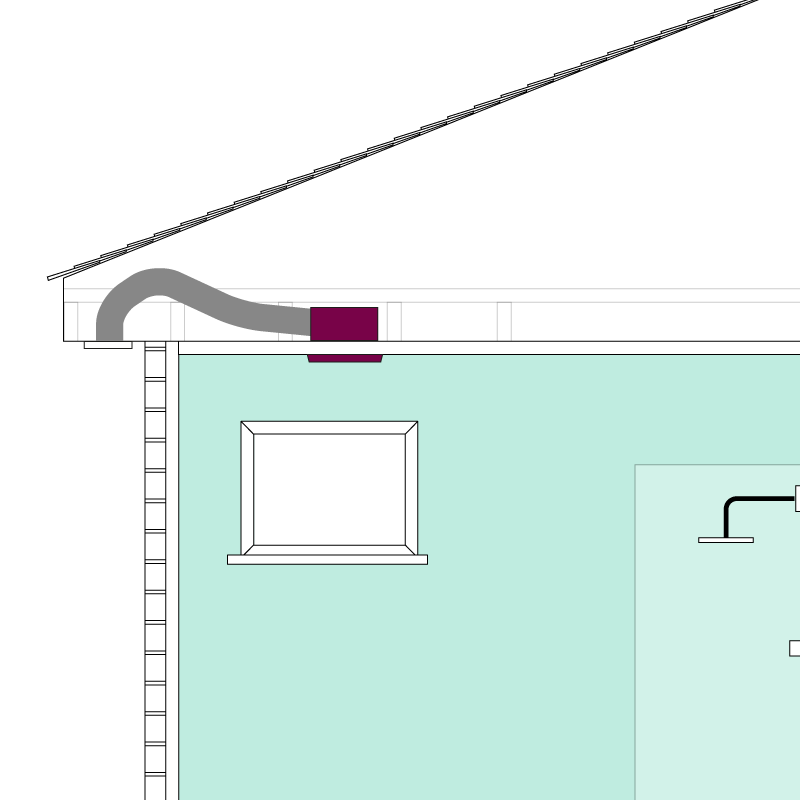
Ceiling Exhaust fans
Ceiling exhaust fans are a popular and effective solution for a bathroom. Relatively easy to install and available in some really modern, unobtrusive designs like our Luna & Metro range. If replacing an old ceiling fan they can often be DIY products to replace, as long as your old and new models have a lead and plug going to a powerpoint.
Popular Models:
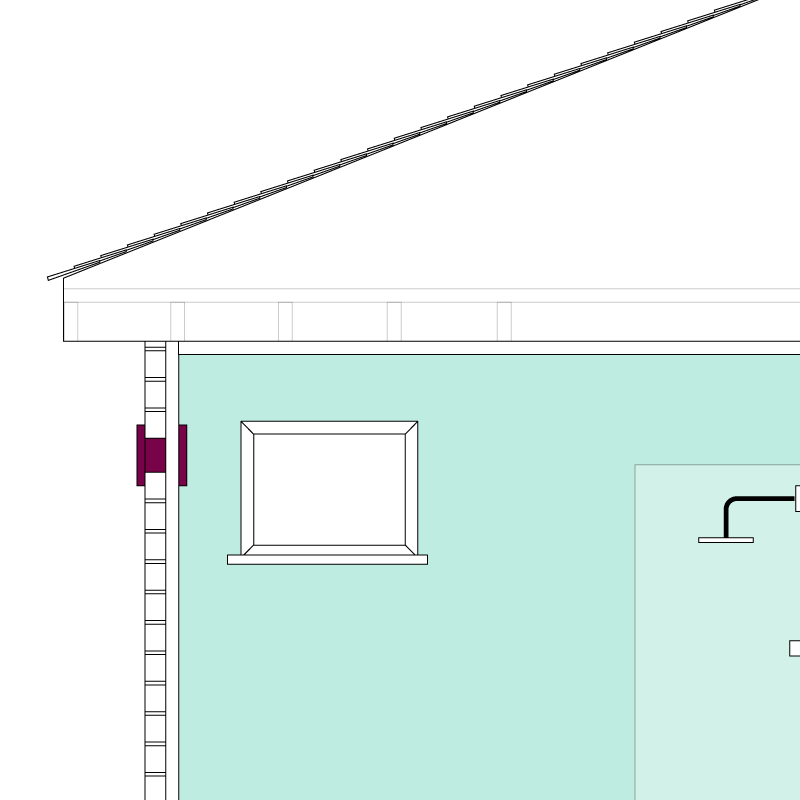
Wall Exhaust fans
Wall exhaust fans may be a little harder to install depending on the wall type as they require a hole to be made to accommodate the fan and external vent all the way through. We have some wonderful examples like our popular Chico range. Wall fans are typically hardwired to a wall switch, so an electrician would be required in most instances.
Popular Models:
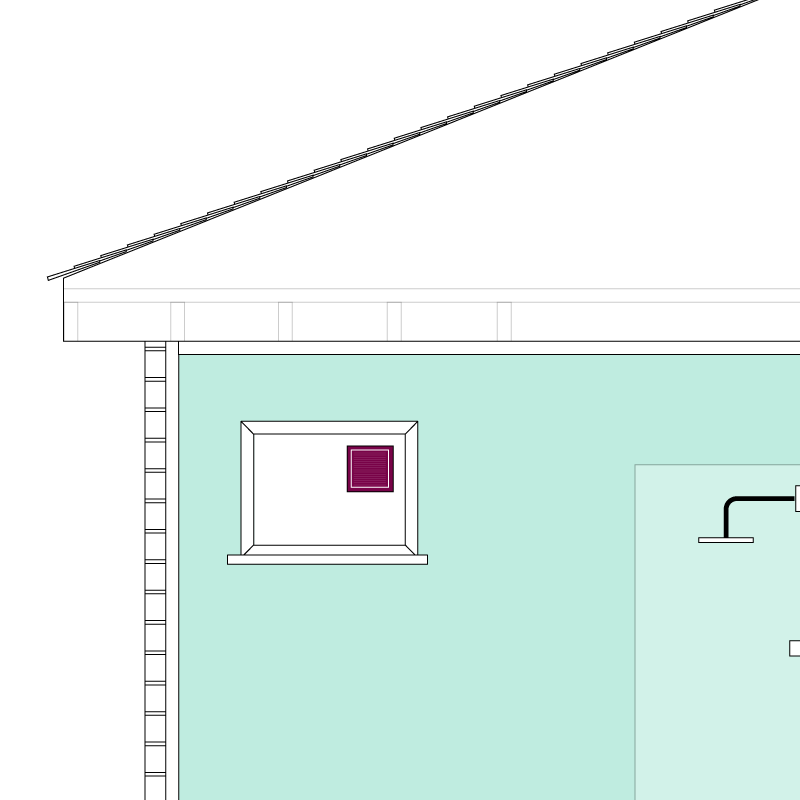
Window Exhaust fans
Window fans a popular in apartment complex or buildings with no ceiling cavity. A glazier will be required to accurately make a hole in the glass. A powerpoint is also required and needs to be very close to the window.
Popular Models:
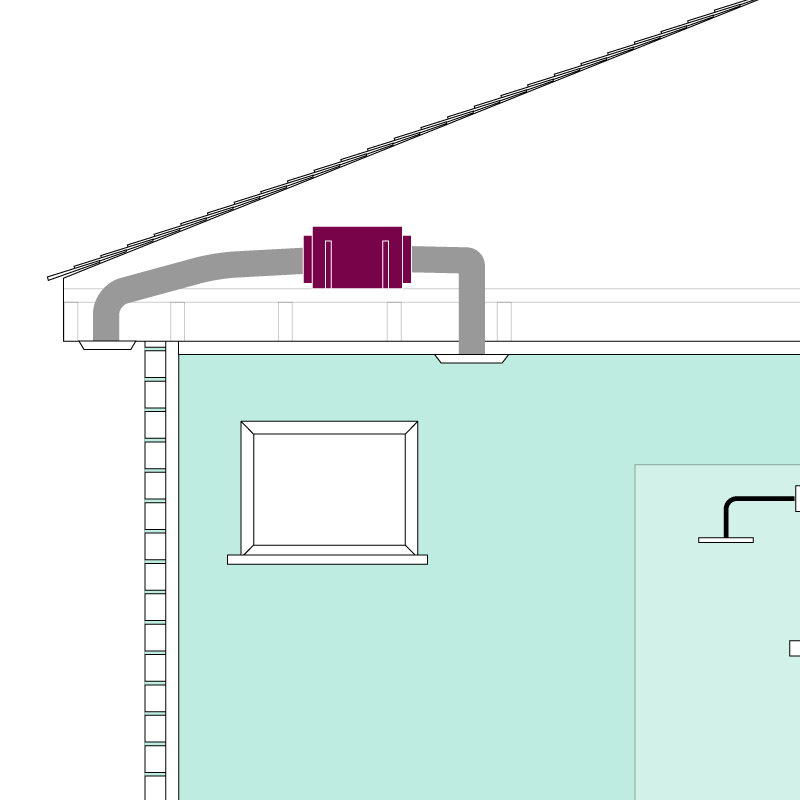
Inline Exhaust fans
An inline exhaust fan system is the premium bathroom option and the most configurable. A motor sits in the ceiling cavity with ducting connecting the motor to an intake vent or vents in the bathroom ceiling. Typically ducted out via a roof vent or under eave vent. Low noise output as the motor is located in the roof.
Popular Models:
Bathroom Exhaust Fan Positioning
It is important to aim to achieve a cross flow of ventilation in your bathroom. This means that you have a source of fresh air entering the room as well as your moisture laden air being able to leave the room. Typically fresh air can enter the room via a gap under the door, the typical recommendation is a 20mm gap. Alternatively it could be a window that is slightly open, however this may not be ideal in the winter months. This means the best position for your bathroom fan would be in the room roughly opposite the entrance door.
We do not recommend placing the extraction fan directly above or within a shower cubicle for a few reasons. firstly if condensation forms on the face of the fan / vent, it may cause dripping. Secondly the steam that does escape the shower area will linger in the rest of the room for longer. If you would like to extract from a shower cubicle we recommend an inline fan setup. This means that your motor can be installed further away in the roof, you can even use an inline fan to create two intake points in the bathroom, particularly useful if its a very large room.
Positioning your bathroom fan high up (ceiling is ideal) means that the extraction system is able to capture steam as it rises to ceiling level. So any window/wall exhaust fan should be positioned as high as possible.
If mounting your bathroom fan in a ceiling it is wise to check the location to ensure that there are no joists in the way and that the fan / vent is able to fit in between joists. Also take into consideration duct positioning as many ceiling mounted fans are side ducted, so you will need to have enough space in the roof for the ducting to fit comfortably.
If installing a wall fan ensure that the location is suitable and that there are no pipes, wires or anything externally (eg downpipes) that may prevent the fan from being installed properly.
